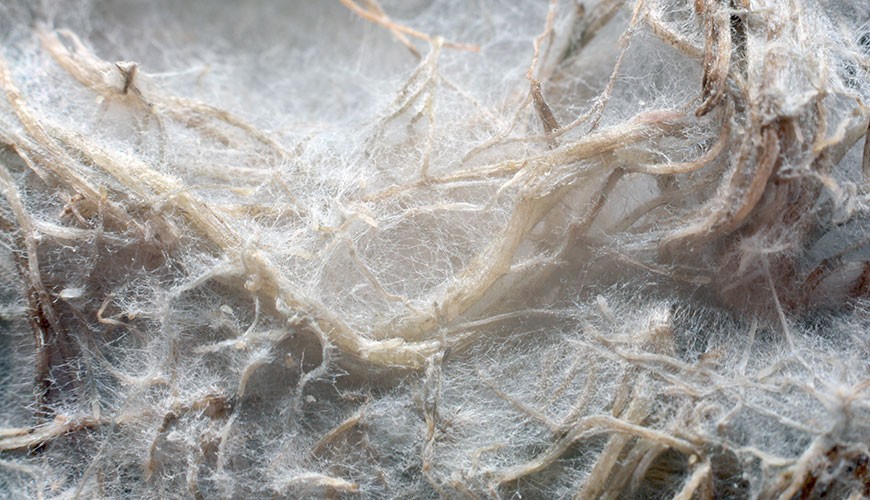What to do about root rot?
 10 apr.
10 apr. Brown lesions, brown stems, dying branches, stunted growth and bad smell: if your crop displays any of these symptoms, it may well suffer from root rot.
Root rot is caused by fungus. However, there are so many fungi that it is hard to find out which fungus is pestering your crop. But if you do nothing, your plants will eventually die.
DNA Multi Scan
With the aid of a DNA Multi Scan you determine in a simple and reliable manner which fungi are causing root rot. This technique helps to identify the fungi, so that proper action can be taken, such as:
- Good quality irrigation water (it needs to be low in salt, so don’t use tap water. Instead, refer to rainwater, for example).
- Administering of root stimulants (BAC Organic Grow).
- Proper drainage and dewatering.
- Removal of affected plants.
Which fungi cause root rot?
There are 5 fungi that often cause root rot:
- Phytophthora: this fungus can affect plants up to the stem base. Plants are especially vulnerable to this condition when cold water is used for watering, or when temperatures drop quickly. In other words, be wary when the days and nights are chilly.
- Fusarium solani: this fungus impairs the roots before it spreads to the stem base. It develops most quickly in temperatures between 20 and 30°C.
- Rhizoctonia solani: plants affected by this type of fungus turn yellow and eventually die. As the stem is girdled, the plants can also topple over. This fungus thrives at low temperatures (15 to 18 20°C)
- Thielaviopsis basicola: if your plant is affected by this type of fungus, the roots will show brown, girdled lesions and possibly brown leaf axils.
- Pythium: this (secondary) fungus only affects weakened or young plants. It can be identified by loosened bark at the vascular bundles. It grows especially fast in wet conditions and a temperature of 20°C. Following this, optimising the water balance can significantly improve things. Also, make sure the temperatures in the plant pots aren’t too high.
How to avoid root rot?
In the words of a common proverb: better be safe than sorry. Many types of root rot can be prevented with proper drainage. It is therefore important to test soil and irrigation water. Make sure the water can drain away easily. In this way, it is harder for fungi to take hold. Root rot can also be prevented by identifying fungal growth at an early stage with the DNA Multi Scan.
More information
Are your plants affected by root rot? Feel free to contact us at any time for more information. Our expert staff will be happy to help you out.



